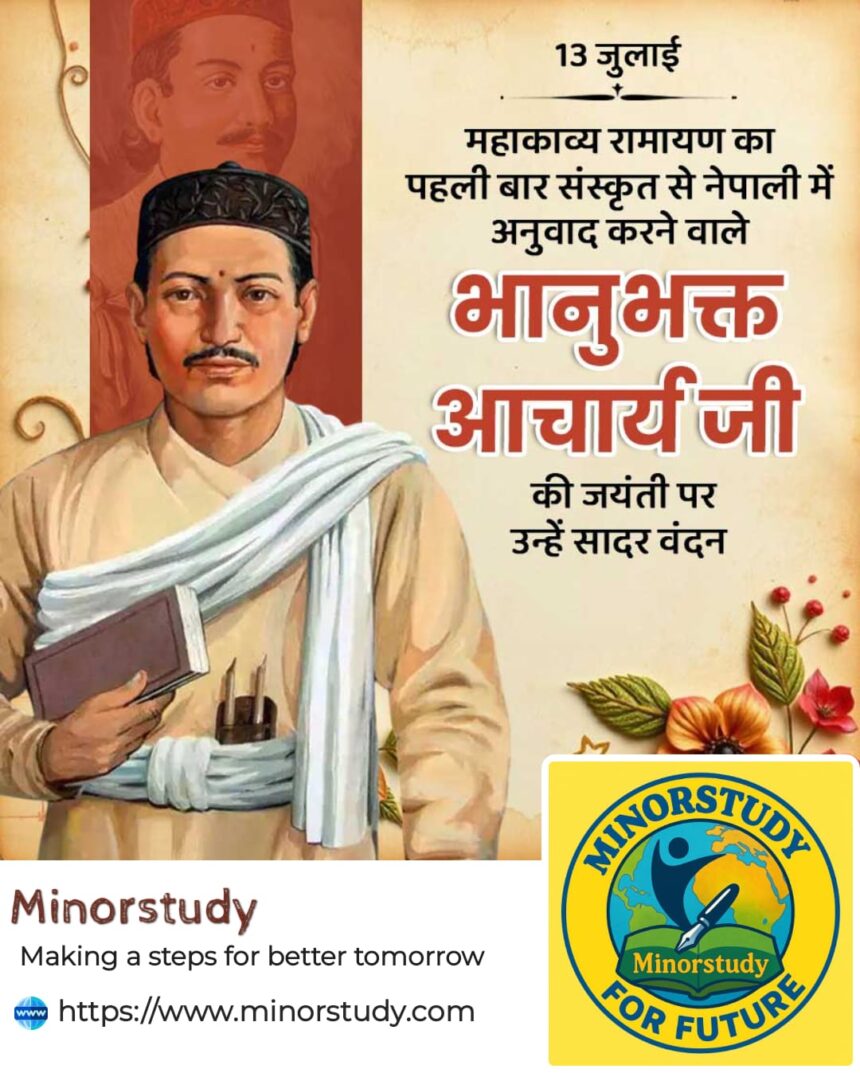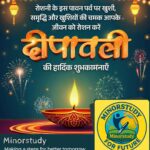7 Inspiring Truths About Bhanubhakta Acharya Ji – The Beloved Poet Who Gave Nepal Its Voice
In the vibrant fabric of Nepali literature, Bhanubhakta Acharya Ji shines as the first poet (Aadikavi) who etched his name into the soul of the Nepali-speaking world. Revered not just for his literary genius but also for his patriotic zeal, Bhanubhakta Acharya is remembered as the man who made the Nepali language accessible to the masses through his beautiful and heartfelt translations of sacred Hindu texts, most notably the Ramayana.
- 📜 History of Bhanubhakta Acharya Ji
- 🪙 Quick Facts about Bhanubhakta Acharya Ji
- ⏳ Timeline of His Life and Contributions
- 🌟 7 Inspiring Truths About Bhanubhakta Acharya Ji
- 1. 🖋️ He Made Sanskrit Epics Accessible to the Common People
- 2. 🧠 He Had No Formal Literary Training—Only Devotion
- 3. 📚 He Started the Tradition of Nepali Literature
- 4. 🏡 He Understood Rural Struggles and Spiritual Needs
- 5. ✍️ He Composed Poetry Even While in Jail
- 6. 🇳🇵 He Is Now a National Symbol of Nepali Identity
- 7. 🌺 His Work Lives in the Heart of Every Nepali
- 🙋 FAQs about Bhanubhakta Acharya Ji
- 🛕 Significance of Bhanubhakta Acharya Ji in Life and Society
- 🎉 Observance: Bhanubhakta Jayanti
- 💬 Wishing on Bhanubhakta Jayanti
- 💡 Important Points to Remember
- 🧠 Daily Life Impacts of His Legacy
- 🏁 Conclusion – The Heartbeat of Nepali Literature
His poetry wasn’t just about rhyme—it was about national identity, devotion, simplicity, and the awakening of Nepali cultural pride. With his pen, he gave ordinary people the power to feel extraordinary through their own mother tongue.
Let’s journey through his history, timeline, fun facts, significance, societal role, and daily life influence—all in a human-friendly narrative of more than 1200+ words.
Read More Articles: https://minorstudy.com/giant-banyan-tree-of-shivpur/
📜 History of Bhanubhakta Acharya Ji
Bhanubhakta Acharya was born on July 13, 1814, in Chundi Ramgha, a small village in Tanahun District, Nepal. Coming from a Brahmin family, he was exposed early to Sanskrit literature and Hindu epics.
📚 Despite being fluent in Sanskrit (then the language of scholars), Bhanubhakta saw that the common Nepali people had little access to spiritual texts.
✍️ With empathy and wisdom, he took up the monumental task of translating the Ramayana into Nepali, making it understandable for ordinary citizens.
🌺 In doing so, he became not only a literary figure but also a cultural liberator, empowering Nepalis through language, story, and soul.
🪙 Quick Facts about Bhanubhakta Acharya Ji
| 📌 Field | Detail |
|---|---|
| 📅 Born | July 13, 1814 (Ashadh 29) |
| 📍 Birthplace | Chundi Ramgha, Tanahun District, Nepal |
| 🕊️ Died | 1868 CE |
| 📖 Notable Work | Ramayana (translated into Nepali) |
| 🏆 Title | Aadikavi (The First Poet of Nepal) |
| 🎓 Language Mastery | Sanskrit, Nepali |
| 🛕 Contribution | Made Hindu scriptures available to the public |
| 👣 Legacy | National poet of Nepal, inspiration to youth |
⏳ Timeline of His Life and Contributions
| Year | Milestone |
|---|---|
| 1814 | Born in Chundi Ramgha |
| 1830s | Began translating the Ramayana into Nepali |
| 1850s | Composed several spiritual and reflective poems |
| 1868 | Passed away in relative obscurity |
| Early 20th Century | Rediscovered by Nepali literary scholars |
| 1960s onward | Honored officially with Bhanubhakta Jayanti |
| Present | Studied and admired across Nepal and the Nepali diaspora |
🌟 7 Inspiring Truths About Bhanubhakta Acharya Ji
1. 🖋️ He Made Sanskrit Epics Accessible to the Common People
Before Bhanubhakta, religious and spiritual texts were reserved for scholars and priests who understood Sanskrit. By translating the Ramayana into simple Nepali, he opened a sacred world to millions of commoners. His work connected faith and language like never before in Nepal.
2. 🧠 He Had No Formal Literary Training—Only Devotion
Despite no formal literary education, his understanding of human emotions, storytelling, and poetic rhythm was astounding. His poems reflected both spiritual depth and cultural simplicity, rooted in his village upbringing and deep observation.
3. 📚 He Started the Tradition of Nepali Literature
Bhanubhakta is called Aadikavi because he founded the tradition of Nepali language literature. While people wrote in Sanskrit, Persian, or Hindi, he chose Nepali—a bold and inclusive move that unified the country linguistically and emotionally.
4. 🏡 He Understood Rural Struggles and Spiritual Needs
Much of his work is reflective of the struggles of the rural Nepali population. He wrote with compassion and understanding, emphasizing humility, piety, and the value of devotion over ego.
5. ✍️ He Composed Poetry Even While in Jail
Yes, Bhanubhakta was once wrongly imprisoned, and even there, he continued to write. His prison poems reflect hope, justice, and moral courage, showing his unbreakable spirit.
6. 🇳🇵 He Is Now a National Symbol of Nepali Identity
His birthday, Bhanubhakta Jayanti (Ashadh 29), is celebrated all over Nepal. Statues of him adorn schools, libraries, and parks. His life is part of school textbooks, and his poetry continues to inspire unity and pride.
7. 🌺 His Work Lives in the Heart of Every Nepali
Even today, lines from Bhanubhakta’s Ramayana are recited in homes, schools, temples, and festivals. His Nepali rendition brought not just clarity to scripture but beauty to culture. His legacy is both eternal and emotional.
🙋 FAQs about Bhanubhakta Acharya Ji
Q1. Why is Bhanubhakta called Aadikavi?
Because he was the first major poet to write in the Nepali language and start a formal tradition of Nepali literature.
Q2. What was his biggest contribution?
His translation of the Ramayana into Nepali, which made it accessible to the common people.
Q3. When is Bhanubhakta Jayanti celebrated?
On Ashadh 29 (around mid-July), marking his birthday with programs in schools and literary events across Nepal.
Q4. Did he only write religious poetry?
No, he also wrote social, philosophical, and personal poetry, including from his time in jail.
Q5. Is he taught in schools today?
Yes, his life and poetry are part of curriculums in Nepal and are often recited in competitions and cultural events.
🛕 Significance of Bhanubhakta Acharya Ji in Life and Society
📖 Literary Significance
Founded Nepali language poetry.
Created aesthetic standards still followed by poets today.
🕉️ Cultural and Spiritual Value
Brought Hindu spiritual heritage closer to the people.
Enabled moral and ethical education through poetry.
🌍 National and Social Impact
Helped foster national unity through a common language.
Became a symbol of cultural sovereignty and pride.
🎉 Observance: Bhanubhakta Jayanti
Every year on Ashadh 29, the people of Nepal celebrate Bhanubhakta Jayanti with:
Poetry recitations
Literary debates
Cultural performances
School competitions
Awards for emerging poets
It’s not just a celebration of a man, but a celebration of language, literature, and national identity.
💬 Wishing on Bhanubhakta Jayanti
🌸 “May the words of Bhanubhakta Acharya Ji inspire generations to cherish their language, honor their roots, and write with the ink of truth and simplicity.”
📖 “On this Bhanubhakta Jayanti, let us pick up the pen of wisdom and write our hearts in our mother tongue.”
💡 Important Points to Remember
First poet to write major literary works in Nepali.
Translated Ramayana from Sanskrit into Nepali.
Celebrated as Aadikavi (first poet) of Nepal.
Helped shape Nepal’s cultural and national consciousness.
Remains relevant and revered across generations.
🧠 Daily Life Impacts of His Legacy
✅ Language Empowerment: Encouraged the use of Nepali in official and educational spheres.
✅ Cultural Confidence: Inspired pride in Nepali heritage and storytelling.
✅ Moral Education: His works teach ethics, simplicity, and devotion.
✅ Creative Inspiration: His legacy inspires new poets, writers, and thinkers.
✅ National Unity: A unifying figure across diverse ethnic and regional backgrounds.
🏁 Conclusion – The Heartbeat of Nepali Literature
Bhanubhakta Acharya Ji was not just a poet—he was a revolutionary with a pen, a linguistic liberator, and a cultural craftsman. His decision to write in the language of the people, to uplift minds with spiritual depth, and to speak truth from the heart made him immortal.
In today’s world of digital overload, his poetry stands tall—simple yet powerful, ancient yet timeless.
🪔 Let us honor Bhanubhakta Acharya Ji not just by remembering his birthday but by keeping alive the language, culture, and values he cherished.








